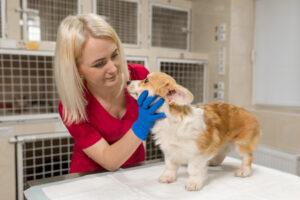
Balantioides coli Fecal Excretion in Hunted Wild Cervids from Portugal
Balantioides coli is a zoonotic enteric parasite of worldwide distribution that can cause mild to life-threatening diseases in humans and animals. An article published in 2022 presented the results of a study on the occurrence of Balantioides coli in wild cervids in Portugal, Europe.













